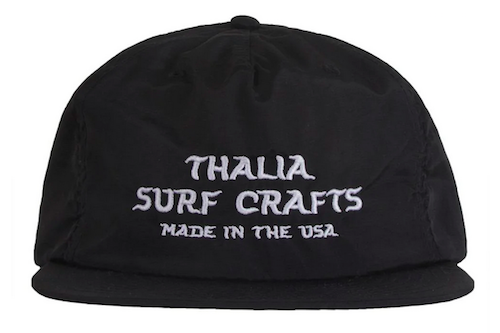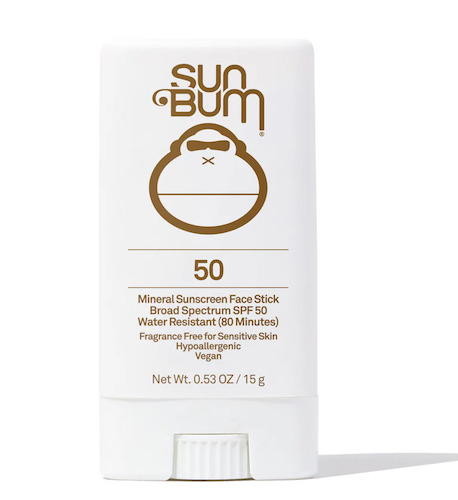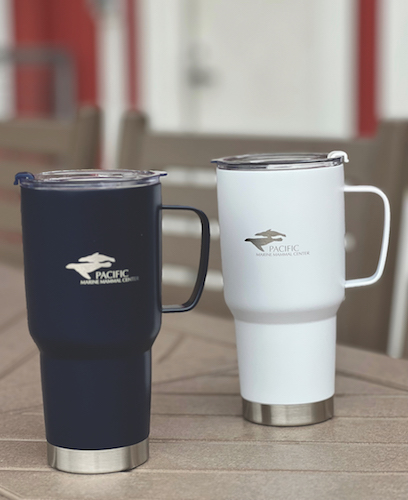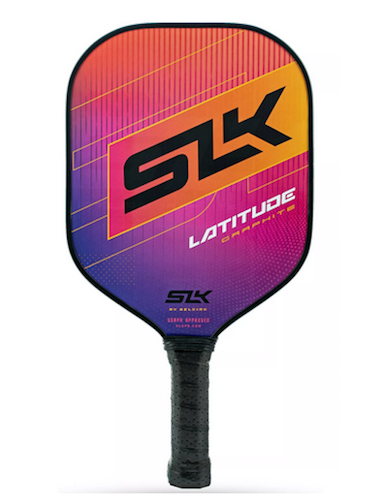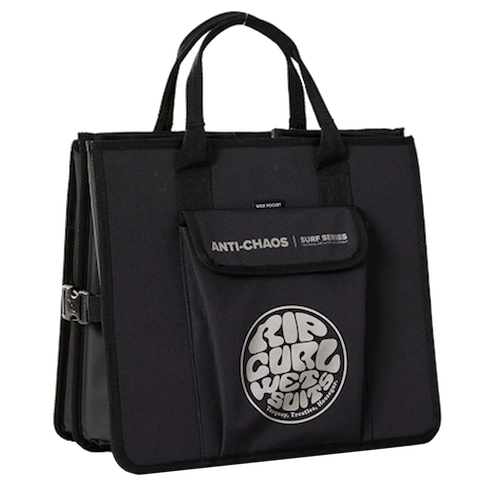
Discover why pickleball is being called the fastest-growing sport in the U.S. while learning the ins and outs of the game with coach Marc Freije.
By Jessie Dax-Setkus
For the last five years, pickleball has been the fastest growing sport in the United States, and for good reason—everyone is welcome, no matter your age or experience level. Marc Freije, a local coach certified by the International Pickleball Teaching Professional Association and the Professional Pickleball Registry, has played in multiple U.S. Open Pickleball Championships, where he won medals in men’s doubles and mixed doubles.
Now Freije helps others gain an appreciation for the sport. Here, learn about pickleball while getting a feel for what to expect in his classes at Alta Laguna and Lang Parks.
Laguna Beach Magazine: What is the history of pickleball?
Marc Freije: Pickleball was … invented on Bainbridge Island, Washington, in 1965. A family … lowered the[ir] badminton net until it touched the ground, grabbed some pingpong paddles and a whiffle ball, and began playing mini tennis back and forth across the net—and, voila, pickleball was born.
Does it differ from tennis?
MF: Pickleball is a cross between tennis, badminton and pingpong. The game of singles in pickleball is actually more similar to tennis. Most players prefer playing doubles, which involves four players. Doubles pickleball is predominantly played up at the net where the game is somewhat like playing pingpong standing on the table. Soft shots, which are called dinks, as well as volleys, which are struck out of the air, are the shots most used once the players get to the net.
Why is it so popular?
MF: First, it is much easier to play than tennis and much easier on your body. [And] the pickleball court is much smaller than a tennis court. … It is [also] a very social sport, which tends to attract players to the game. … Anyone can learn to play the sport in just a couple of hours, regardless of their age or athletic ability.
What are some challenges of the sport?
MF: I truly believe that the most challenging aspect of the game is the scoring followed by where to position yourself on the court, if you are the serving team or the receiving team. This seems to give beginners the most trouble. The other challenge … is the innate fear of the net that most players experience. The goal is to work your way up to the net as quickly as possible, … [but] most players are uncomfortable with balls coming at them with speed when they are up at the net. The quickest way to get over the fear … is to have your paddle up in the proper ready position and be laser-focused on the incoming ball.
Could you walk us through one of your classes?
MF: I offer classes for all level of players, from the absolute beginner to the avid player. The classes are one-hour in duration and go for four consecutive weeks. In the beginner class, we start with a brief history of the sport followed by demonstrating the proper grip when holding your paddle. Next, we will bounce a few balls on our paddles to get the feel of the ball striking the paddle. Soon thereafter, we will be hitting soft dinks back and forth over the net to each other while standing up at the nonvolley zone line, commonly known as “The Kitchen.” Toward the end of the first session, we will learn the proper technique of serving and all class participants will be serving balls over the net by the end of the first hour.
[In] the next one-hour session, we will again work on the serve, hit a few more dinks, then work on volleys and also hit some ground strokes, which are used for the return of serve. I ask all of my beginner students to watch a short YouTube video on scoring so we don’t take up class time. … By the end of the third one-hour class, we will actually play some games. Traditionally, the last class of the four-class session will be spent playing games, working on scoring and positioning, and … just having fun.
What advice do you have for those just starting out?
MF: Pickleball is social, really fun and easy to learn. You do not need to be a super athlete to play and have fun. Get a paddle and a ball and … give it a try. … The equipment necessary to play the game is affordable and readily available online [or] at your local sporting goods store.
Hit the Court
Ensure you have the best equipment when playing pickleball with these products found in local stores.
